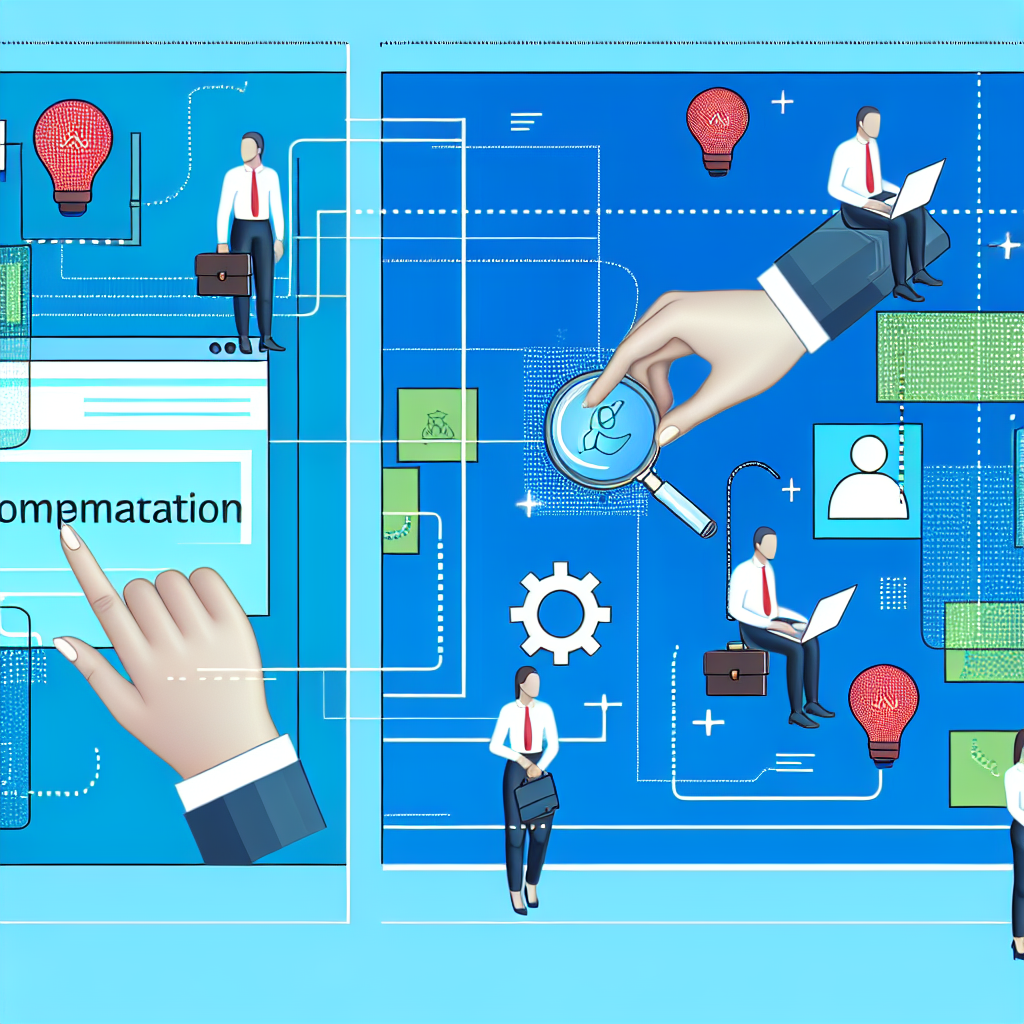
Understanding compensation within human resources is essential for fostering a motivated and engaged workforce. It’s more than just a paycheck; comprehensive compensation packages are crucial in attracting, retaining, and incentivising employees. Let’s explore the key aspects of compensation in HR, current trends, and their implications in income distribution.
What is Compensation in Human Resources?
In the human resources arena, compensation encompasses the total financial remuneration that employees receive for their work. This includes base salary, bonuses, and various benefits. Effectively managing compensation is vital for HR professionals, as it not only affects employee satisfaction but also impacts the overall productivity of the organisation.
Current Trends in Compensation Management
As we step into 2024, several notable trends are shaping how organisations approach compensation:
- Technology Integration: The advent of “Total Compensation” applications has revolutionised the way employee salaries and benefits are managed. Solutions like SAP SuccessFactors provide HR teams with a comprehensive platform where employees can view their entire compensation package. This integration enhances transparency, allowing employees to understand their remuneration in full, including base salaries, bonuses, and benefits.
- Personalisation: Tailored compensation strategies are becoming essential in recognising individual performance and contributions. Personalised reward systems motivate employees by aligning their compensation with specific organisational goals, encouraging them to excel in their roles.
Key Advantages of a Robust Compensation Strategy
A forward-thinking approach to compensation yields numerous benefits:
- Enhanced Employee Experience: Utilising tools like Total Compensation applications significantly improves user experience. Clear and easy access to compensation information helps employees grasp their total remuneration better, reducing confusion and supporting personal financial planning.
- Optimised Compensation Management: These advanced systems enable HR professionals to manage compensation processes efficiently. They facilitate accurate remuneration distribution, streamline administrative tasks, and ensure employees have straightforward access to their compensation details.
- Data-Driven Decision Making: Integrated compensation modules empower HR teams to analyse data concerning employee rewards and benefits. This analytical approach aids in refining compensation structures to better align with strategic organisational objectives.
Compensation and Income Distribution
Beyond HR, compensation influences broader economic contexts, particularly in income distribution. This perspective considers how the financial returns from various production factors, including labour and capital, are distributed among individuals. Understanding these dynamics is crucial for illustrating personal income distribution patterns.
Current Trends in Income Compensation
Notably, contemporary labour market dynamics reveal intriguing insights regarding income distribution:
- Labour Market Dynamics: Over 70% of total income in modern economies is attributed to labour, although this figure remains challenging to quantify precisely. Employees within different sectors may experience significant wage variances, often reflective of educational attainment, work experience, and individual contributions.
- Human Capital and Education: Wage disparities frequently arise from variations in human capital. Individuals equipped with advanced education, specialised training, and relevant experience generally earn higher wages. This correlation underscores the importance of human capital development in an organisation’s long-term success.
Benefits of Transparent Compensation Practices
Understanding who receives different income levels—and why—provides clear insights into personal income distribution:
- Efficient Resource Allocation: The marginal productivity theory highlights that firms often employ resources based on the marginal benefits and costs. This approach promotes optimal resource allocation, ensuring that workforce utilisation aligns with overall organisational productivity.
- Incentivising Productivity: Aligning remuneration to reflect the marginal productivity of labour motivates employees to enhance their efficiency. Such strategies promote an alignment between individual goals and those of the organisational entity.
- Transparent Distribution: Clear comprehension of income distribution allows HR professionals to analyse and manage returns among a diverse workforce. A transparent approach fosters trust and encourages open conversations about compensation.
Conclusion
Compensation plays a pivotal role both in human resource management and broader economic frameworks. As HR professionals refine their compensation strategies, remaining abreast of technological advancements, personalisation trends, and income distribution dynamics is essential.
By embracing comprehensive compensation packages, HR teams can cultivate a motivated workforce that thrives on clarity, fairness, and opportunity. In turn, this contributes positively to organisational effectiveness and employee satisfaction. As we advance in 2024 and beyond, the significance of thoughtful compensation management will undoubtedly continue to rise.
For an in-depth understanding of these dynamics, consider referring to the following resources:
- Factor Markets and Income Distribution (PDF)
- Transform the Compensation Experience in Human Resources with SAP SuccessFactors
- Place Value Strategies for Solving Multi-Digit Arithmetic – Study.com
Vadim Kouznetsov is a distinguished entrepreneur and the visionary founder and CEO of JobXDubai.com, the UAE’s rapidly expanding job board. Renowned for his expertise in bridging the gap between job seekers and employment opportunities, Vadim has become a leading authority in the recruitment and job market of Dubai.
